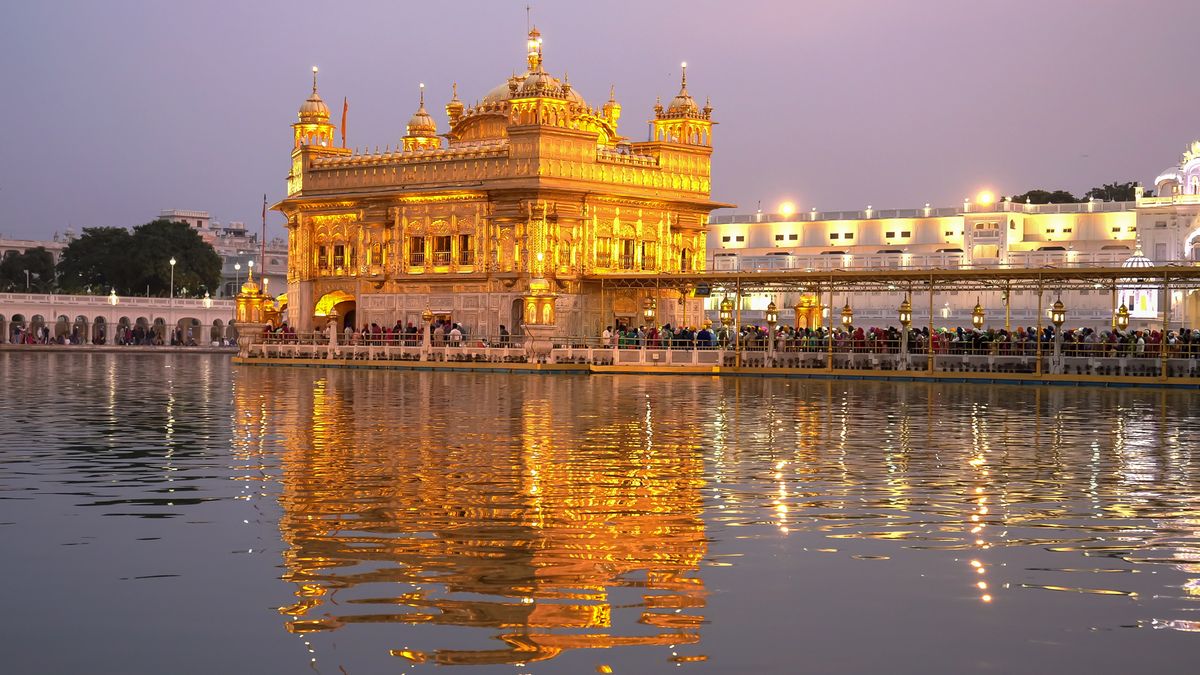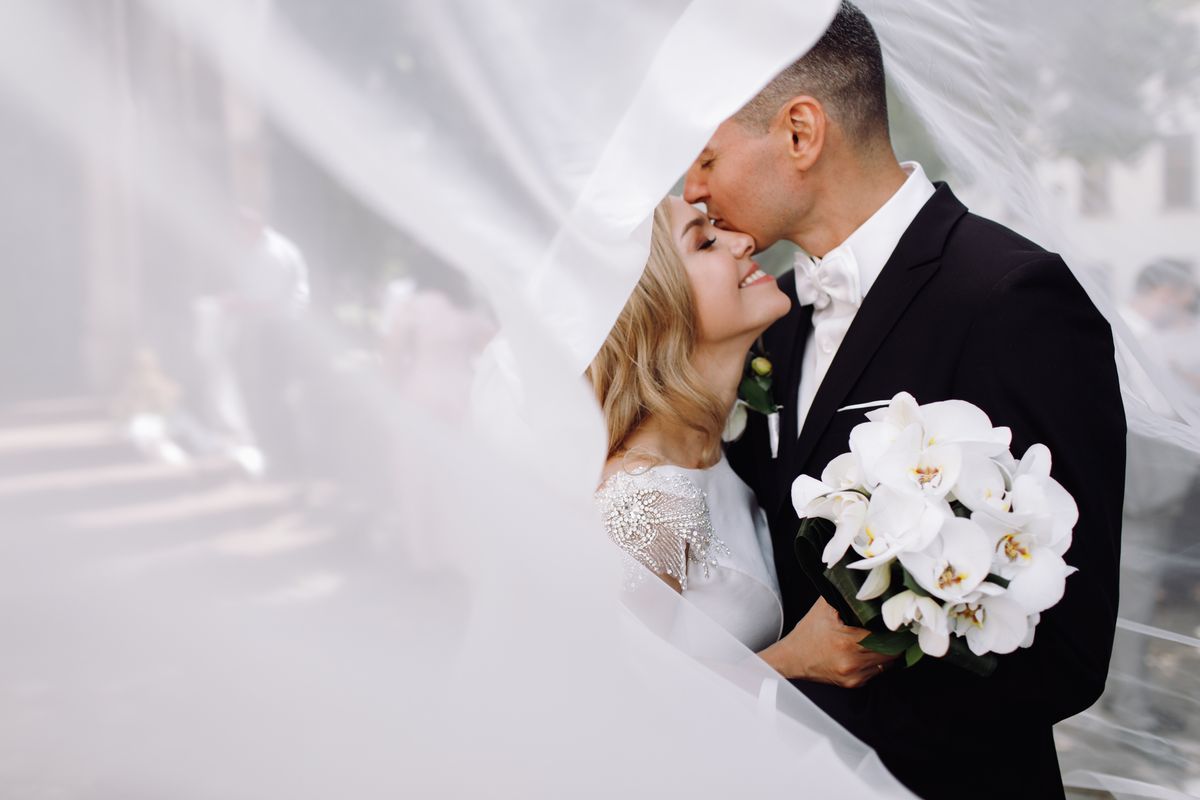See all Things to do in Philadelphia
Elfreth's Alley
Off 2nd St. (toward Front St.), between Arch and Race StsAbout
The modern Benjamin Franklin Bridge shadows Elfreth's Alley, the oldest continuously inhabited street in America. Most of Colonial Philadelphia looked like this: cobblestone lanes between the major thoroughfares, small two-story homes, and pent eaves over doors and windows, a local trademark. Note the busybody mirrors that let residents see who was at their door (or someone else's) from the second-story bedroom. In 1700, most of the resident artisans and tradesmen worked in shipping, but 50 years later haberdashers, bakers, printers, and house carpenters set up shop. Families moved in and out rapidly, for noisy, dusty 2nd Street was the major north-south route in Philadelphia. Jews, blacks, Welsh, and Germans made it a miniature melting pot in the 18th and 19th centuries. The destruction of the street was prevented in 1937, thanks to the vigilant Elfreth's Alley Association and a good deal of luck. The minuscule, sober facades hide some ultramodern interiors, and there are some restful shady benches under a Kentucky Coffee Bean tree on Bladen Court, off the north side of the street. Number 126, the 1755 Mantua Maker's House (cape maker), built by blacksmith Jeremiah Elfreth, now serves as a museum. An 18th-century garden in back has been restored, and the interior includes a dressmaker's shop and upstairs bedroom. You can also buy Colonial candy and gifts and peek into some of the open windows on the street. On the first weekend in June all the houses are open for touring -- don't miss this.





